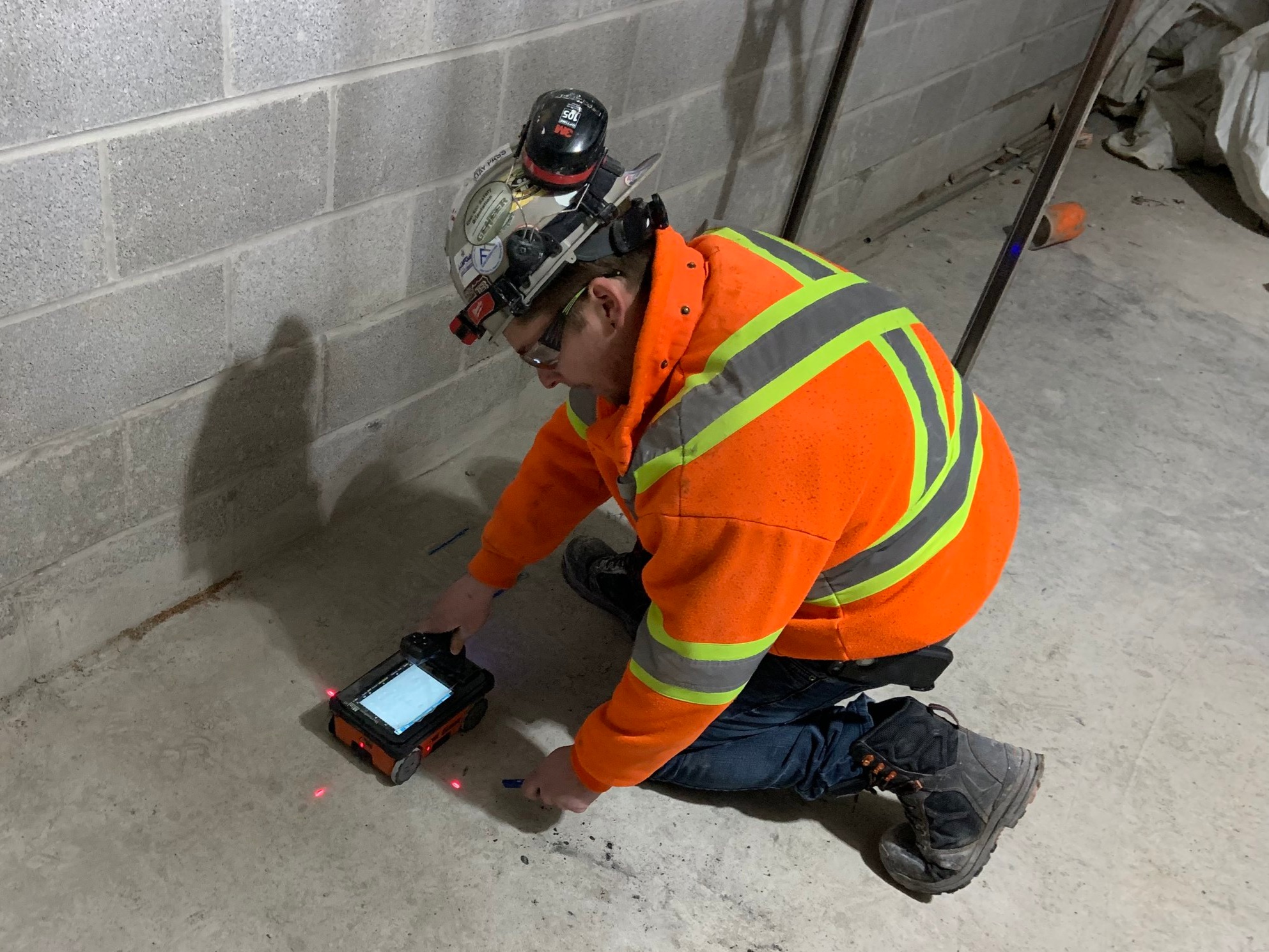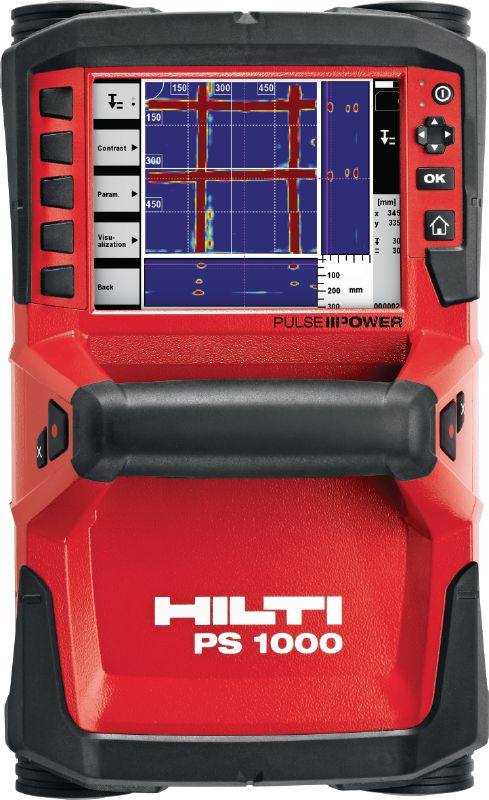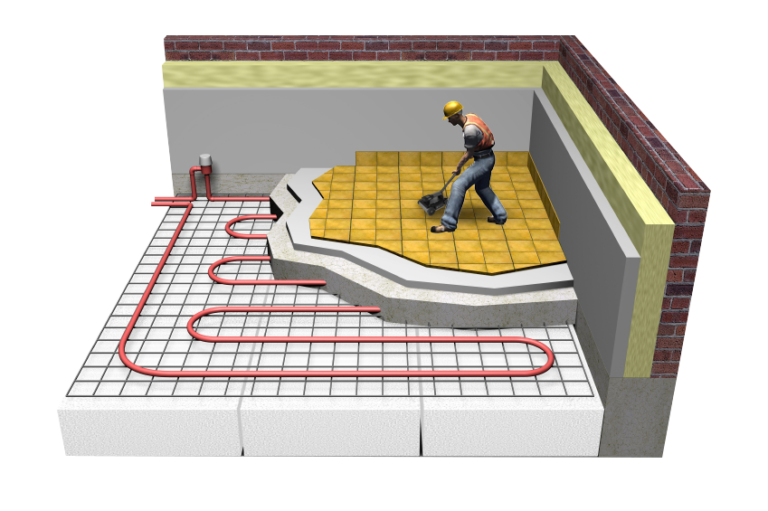RainierGPR Concrete Scanning: The Most Effective Selection for Building And Construction Experts
RainierGPR Concrete Scanning: The Most Effective Selection for Building And Construction Experts
Blog Article
Making The Most Of Efficiency and Reducing Risks: The Duty of Concrete Scanning in Building
In the realm of building, where accuracy and safety are critical, the usage of concrete scanning innovation has ended up being a vital tool for project managers and designers alike. By using advanced scanning methods, construction teams can navigate complex environments with heightened efficiency while alleviating possible threats that can threaten both spending plans and timelines.
Relevance of Concrete Scanning
Concrete scanning plays an essential role in ensuring the structural honesty and safety of building and construction tasks by properly detecting ingrained objects and potential hazards within concrete structures. By utilizing numerous scanning modern technologies such as ground-penetrating radar (GPR) and electro-magnetic induction, building and construction groups can recognize rebar, post-tension cables, conduits, and other covert barriers before boring, cutting, or coring right into concrete. This proactive method aids stop costly problems, injuries, and job delays that might occur from mistakenly striking these items throughout building tasks.
Furthermore, the specific mapping of embedded objects makes sure the reliable implementation of construction plans, lessening the risk of errors and making sure the long life and toughness of the developed setting. Ultimately, spending in concrete scanning services contributes to the overall success and safety of building jobs.

Advanced Technology in Building And Construction
Offered the boosting need for precision and efficiency in construction techniques, the combination of sophisticated innovation has come to be crucial in improving project outcomes and ensuring optimal security procedures. BIM permits for far better collaboration amongst stakeholders, boosted visualization of the job, and boosted decision-making throughout the building and construction process. The implementation of Increased Truth (AR) and Virtual Truth (VR) technologies in building and construction design and preparation stages enables stakeholders to visualize the final product, identify potential issues, and make essential changes before construction starts.

Advantages of Things Mapping
The application of things mapping technology in building jobs uses a plethora of advantages that improve task planning and execution. Among the vital benefits of item mapping is its ability to offer thorough and accurate info regarding the place of below ground utilities, structural elements, and other items within the building website. This info is critical for guaranteeing that excavation and boring tasks are executed securely and successfully, lessening the threat of damages to existing framework.
In addition, things mapping modern technology allows construction teams to develop precise 3D models of the website, permitting far better visualization of the job and improved sychronisation among various trades - RainierGPR Concrete Scanning. This boosted spatial understanding helps to recognize prospective clashes and disputes early in the preparation stages, reducing the demand for pricey rework and delays during building and construction
Additionally, object mapping can likewise simplify the documentation procedure by giving digital records of the site previously, during, and after building and construction. These documents function as important referrals for future maintenance and renovation projects, inevitably improving the lasting efficiency and sustainability of the built environment.
Avoiding Costly Errors
Object mapping innovation's role in building and construction prolongs beyond boosting task preparation and execution to incorporate an essential element: protecting against costly blunders. By employing sophisticated concrete scanning techniques, building groups can identify potential threats such as rebar congestion, post-tension cable televisions, or gaps within concrete structures. Finding these issues beforehand helps in staying clear of costly mistakes throughout the building process. For instance, hitting a post-tension wire during exploration can cause structural damage, hold-ups, and increased expenses this content for repair work. In addition, accurately mapping out existing energies underground can avoid unexpected damage throughout excavation, conserving both time and money. In addition, by making use of things mapping modern technology, building teams can ensure that building components are mounted in the proper locations, lowering the chance of rework or retrofitting because of misplaced elements. On the whole, the positive use concrete scanning modern technologies in building tasks dramatically reduces the risk of mistakes and eventually adds to set you back savings and task effectiveness.
Ensuring Safety and Top Quality
To maintain the highest possible standards of safety and security and quality in building and construction projects, the implementation of concrete scanning technology plays a crucial duty. By making use of innovative scanning techniques such as ground-penetrating radar (GPR) and electro-magnetic induction, building and construction teams can detect possible hazards concealed within concrete structures prior to beginning any work. This positive method not only reduces the risk of accidents on the building website but also makes sure the structural honesty of the structure.
Concrete scanning likewise assists in validating the positioning of his response rebar, avenues, and post-tension cords, ensuring that these aspects are appropriately placed as per the layout requirements. This accuracy in finding vital parts assists avoid mistakes during the building and construction process, eventually leading to a better finished product. Furthermore, by identifying any anomalies or incongruities within the concrete early, required changes can be made quickly, decreasing the likelihood of rework and costly hold-ups.
Fundamentally, concrete scanning innovation works as an important tool in protecting both the safety of building and construction workers and the general top quality of the developed atmosphere. Its ability to make certain and detect potential dangers adherence to style criteria makes it a vital asset in contemporary construction practices.

Verdict
To conclude, concrete scanning plays an important role in making best use of performance and minimizing threats in construction jobs. By making use of innovative technology for things mapping, potential expensive mistakes can be stopped, ensuring safety and security and high quality of the last structure. It is vital for construction firms to prioritize the usage of concrete scanning to boost productivity, reduce dangers, and deliver high-quality lead to their tasks.
Concrete scanning plays an essential role in ensuring the architectural stability and safety of construction projects by accurately finding embedded things and prospective threats within concrete frameworks. The execution of Enhanced Truth here (AR) and Online Reality (VR) innovations in construction design and planning phases allows stakeholders to imagine the final product, recognize possible issues, and make needed adjustments prior to construction begins. By using sophisticated concrete scanning strategies, building and construction teams can identify potential risks such as rebar congestion, post-tension wires, or spaces within concrete structures. Generally, the proactive use of concrete scanning modern technologies in construction projects dramatically lessens the threat of errors and eventually contributes to cost savings and job efficiency.
To promote the greatest criteria of safety and top quality in building projects, the application of concrete scanning modern technology plays a pivotal function.
Report this page